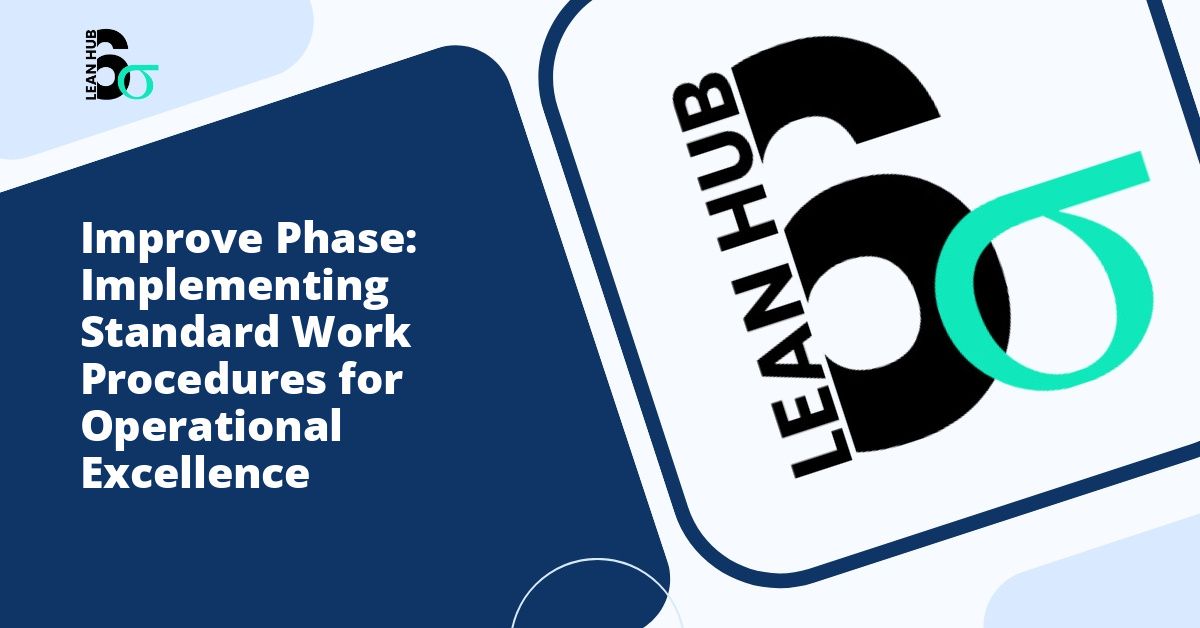Change is an inevitable part of organizational growth and success, yet it remains one of the most challenging aspects of business improvement. Whether implementing new technologies, restructuring processes, or adopting methodologies like lean six sigma, resistance from employees and stakeholders can derail even the most well-intentioned initiatives. Understanding why people resist change and learning how to effectively address their concerns is essential for any leader seeking to drive meaningful improvements.
Understanding the Psychology Behind Resistance
Before addressing resistance to change, it is crucial to understand its root causes. Human beings are naturally wired to prefer stability and predictability. When faced with change, the brain perceives it as a potential threat, triggering defensive mechanisms that manifest as resistance. This psychological response is not personal; it is a natural survival instinct that has been hardwired into our biology over millennia. You might also enjoy reading about 10 Error-Proofing Techniques You Can Implement Today to Transform Your Operations.
Several factors contribute to resistance in organizational settings. Fear of the unknown stands as one of the most significant barriers. Employees may worry about their job security, question their ability to adapt to new systems, or doubt whether the change will actually benefit them. Loss of control is another powerful trigger, as people feel their autonomy is being stripped away when decisions are made without their input. Additionally, past negative experiences with failed change initiatives can create skepticism and cynicism toward future improvement efforts. You might also enjoy reading about Work Cell Design: Reorganizing Layout for Better Flow and Efficiency.
The Recognize Phase: A Critical Starting Point
The recognize phase represents the foundation of any successful change management strategy. During this critical period, leaders must acknowledge that resistance exists and identify its sources before attempting to implement improvements. This phase requires active listening, observation, and a genuine commitment to understanding stakeholder concerns. You might also enjoy reading about Kanban Implementation: Creating Visual Pull Systems for Work Management Success.
In the recognize phase, managers should conduct thorough assessments to identify potential resistance points. This includes analyzing organizational culture, reviewing past change initiatives, and engaging in open dialogues with team members at all levels. By recognizing resistance patterns early, leaders can develop targeted strategies that address specific concerns rather than applying generic solutions that may miss the mark.
This phase also involves recognizing the different types of resisters within an organization. Some individuals may be vocal opponents who openly challenge new initiatives, while others demonstrate passive resistance through decreased productivity or subtle sabotage. Understanding these distinctions allows for more nuanced and effective intervention strategies.
Building a Foundation for Acceptance
Creating an environment where change is accepted requires deliberate effort and strategic planning. Transparency serves as the cornerstone of this foundation. Leaders must communicate openly about why changes are necessary, what the expected outcomes are, and how individuals will be affected. This communication should occur early and often, using multiple channels to ensure the message reaches everyone.
Involvement is equally important. When employees participate in the change process, they develop ownership and investment in its success. This can be achieved through focus groups, pilot programs, or feedback sessions where team members can voice concerns and contribute ideas. The lean six sigma methodology exemplifies this approach by emphasizing stakeholder engagement throughout the improvement process.
Building trust cannot be overlooked. Leaders who have established credibility through consistent actions and follow-through will find employees more willing to embrace change. Conversely, leaders who have broken promises or demonstrated poor judgment will face heightened resistance regardless of how beneficial the proposed changes may be.
Effective Communication Strategies
Communication during change initiatives must go beyond simple announcements and directives. It requires a multifaceted approach that addresses both rational and emotional concerns. Start by clearly articulating the business case for change, including data and evidence that support the need for improvement. This rational argument appeals to analytical thinkers who require logical justification.
However, facts alone rarely overcome resistance. Leaders must also address the emotional aspects of change by acknowledging feelings, validating concerns, and expressing empathy. Sharing stories of successful change implementations, both within and outside the organization, can help people envision positive outcomes and reduce anxiety about the unknown.
The frequency and consistency of communication matter tremendously. Rather than a single announcement followed by silence, maintain an ongoing dialogue throughout the change process. Regular updates, question and answer sessions, and accessible leadership demonstrate commitment and provide opportunities to address emerging concerns before they escalate into significant resistance.
Leveraging Lean Six Sigma Principles
The lean six sigma framework offers valuable insights for managing resistance to change. This methodology emphasizes data-driven decision making, process optimization, and continuous improvement, all of which can be applied to change management itself. By treating resistance as a problem to be solved rather than an obstacle to be bulldozed, leaders can apply systematic approaches to understanding and addressing it.
One key principle from lean six sigma is the focus on eliminating waste, which in the context of change management means removing unnecessary complications that fuel resistance. Simplifying processes, providing adequate training, and ensuring proper resources are available can significantly reduce friction during transitions. When employees see that improvements actually make their work easier rather than more complicated, resistance naturally diminishes.
The continuous improvement mindset inherent in lean six sigma also applies to change management approaches. Leaders should view each change initiative as an opportunity to learn and refine their strategies. Collecting feedback, measuring outcomes, and adjusting tactics based on results creates a cycle of improvement that enhances future change efforts.
Addressing Specific Resistance Tactics
Different forms of resistance require different responses. For employees who express concerns openly, create safe spaces for dialogue where they can voice objections without fear of retaliation. Listen actively to understand the underlying issues rather than immediately defending the change initiative. Often, addressing specific concerns can transform opponents into advocates.
Passive resistance presents unique challenges because it operates beneath the surface. Watch for warning signs such as decreased engagement, missed deadlines, or subtle non-compliance. Address these behaviors directly but respectfully, seeking to understand what is driving the resistance rather than simply demanding compliance.
For those who remain resistant despite your best efforts, it may be necessary to establish clear expectations and consequences. While empathy and inclusion are important, organizations must ultimately move forward with necessary improvements. Making it clear that change is not optional, while still providing support for those struggling to adapt, strikes an important balance.
Sustaining Change Over Time
Overcoming initial resistance is only the beginning. Sustaining change requires ongoing attention and reinforcement. Celebrate early wins to build momentum and demonstrate that the change is producing real benefits. Recognition programs that highlight individuals who have embraced new ways of working can inspire others and create positive peer pressure.
Provide continuous support through training, coaching, and resources that help people develop the skills and confidence needed to succeed in the new environment. Change fatigue is real, so be mindful of pacing and avoid launching too many initiatives simultaneously. Allow time for changes to be absorbed and integrated before introducing additional transformations.
Monitor progress through metrics and feedback mechanisms that track both the technical success of improvements and the human response to them. This data informs adjustments and demonstrates accountability, showing that leadership is committed to making the change work for everyone involved.
Conclusion
Resistance to change is a natural human response that requires patience, understanding, and strategic management. By investing time in the recognize phase, communicating transparently, involving stakeholders in the process, and applying proven methodologies like lean six sigma, leaders can transform resistance into acceptance and even enthusiasm. The key lies not in eliminating resistance entirely, which is neither possible nor desirable, but in channeling it constructively to create better outcomes. When approached thoughtfully, overcoming pushback on improvements becomes an opportunity to strengthen organizational culture, build trust, and create lasting positive change that benefits everyone involved.








